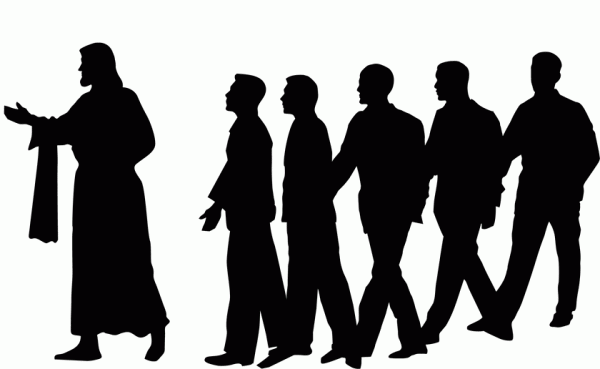The past few weeks we began talking about Jesus, the Master Communicator. When we encounter Jesus in the New Testament we tend to view him through the lens of him as our Savior and Lord. But how often do we view him through the lens of Jesus the Master Communicator? In light of this, what are some ways we can adopt this communication style in our own communication of the gospel in formal and non-formal ways?
Over these six weeks we are highlighting some of the communication styles of Jesus. The first week we talked about how Jesus used good stories. Then we looked at how Jesus used rich imagery. Next we discussed the way Jesus asked good questions. Last week we looked specifically at the Sermon on the Mount and the way Jesus related truth to real life. Here’s the fifth one.
5. Jesus spoke the “people’s language.”
Think about the language Jesus used in different locations.
Why Did Jesus Speak to Different People Differently?
In John 3, Jesus met Nicodemus. Speaking with a Pharisee familiar with the ways of the law and “ruler of the Jews,” Jesus spoke to Nicodemus’ level of education. He spoke more in theological terms, using words like “born again,” “kingdom of God,” “eternal life,” and “the light in the darkness.” He talked about Moses lifting up the serpent in the wilderness and comparing that with the lifting up of the Son of Man. He also went directly to the point. Today we tend to zero in on the 16thverse and have our children memorize it. “For God so loved the world…” it says. But think of what is happening around that verse, who Jesus is talking to, and the language that he used with Nicodemus.
Now contrast that with Jesus’ words to the Woman at the Well in John 4. Jesus identified with her. First of all, she was a woman. Secondly, she was a Samaritan. Thirdly, she was a woman who had five husbands and currently with a sixth man. Now, all three of those things would have given Jesus ample reason to stay away from her. But he didn’t. He used a simple way of connecting with her by identifying with her need for Living Water. He could hear her desire of an encounter with the Messiah she didn’t fully understand but somehow knew she was supposed to wait for. He didn’t “dumb it down;” he just used a different language.
If Jesus had talked to the Woman at the Well the same way he talked to Nicodemus, using words like “you must be born again to receive eternal life” how might have that have registered with her, if at all. “Eternal life? Born again? What does that even mean? How is this good news for my present mess of a life?” At least, that’s how I’d imagine she would’ve reacted. But Jesus chose to connect with her on a personal level and her life was changed.
When Jesus called Peter to follow him in Luke 5 he talked as one among fishermen. Jesus used the language of vinedressers and shepherds. Jesus used language as a tool to bridge the gap to make the relationships strong.
However, it wasn’t just about the words he used, it was also about the language he spoke. Greek was the language of the Romans and of many of the Jews in Jerusalem. Hebrew was the language of the Scriptures. Aramaic was the language of the local people in Galilee, where Jesus spent much of his ministry. At any point in time the trilingual Jesus adapted his language to the culture.
When People don’t Understand
Our tendency when people don’t understand our language is to say the words again, only this time louder and more dramatically. If the people still don’t understand then we tend to conclude that they’ve hardened their hearts and refuse to listen. But, could it possibly be because the language we use (whether from behind the pulpit or in the one-on-ones) is not communicating? How can we learn from Jesus in this respect?

Leave a Reply